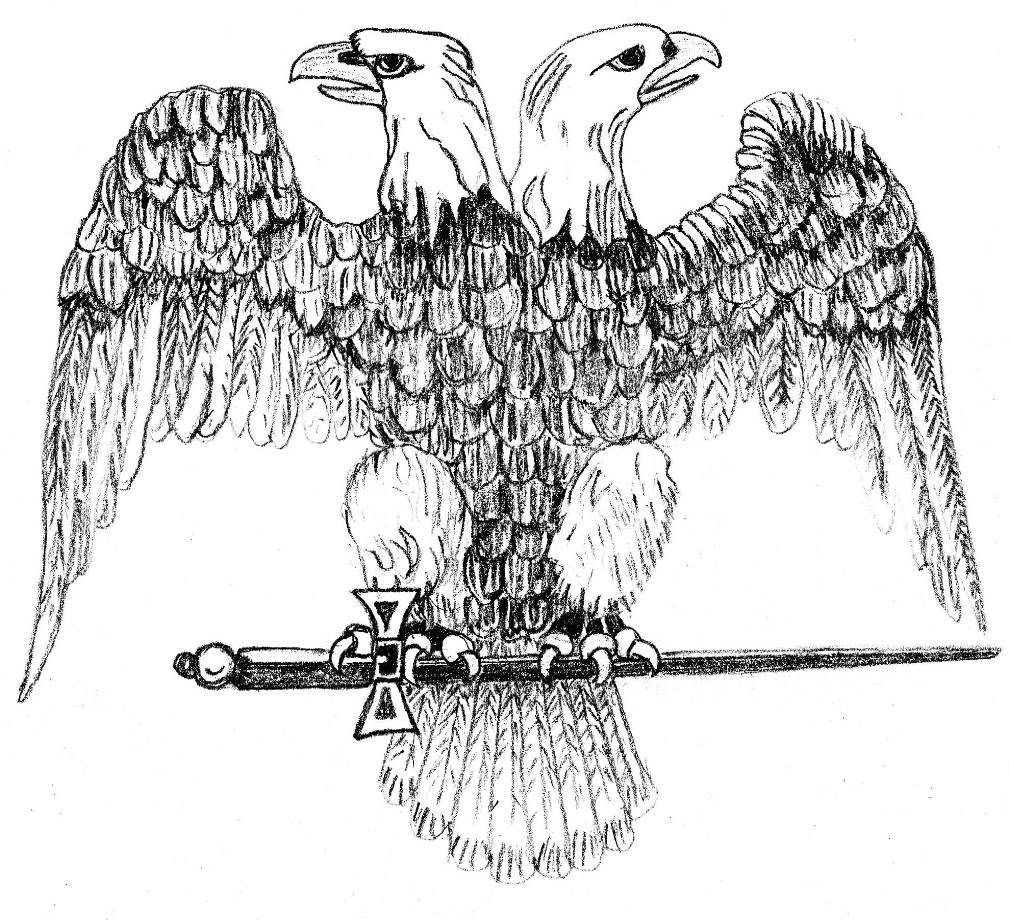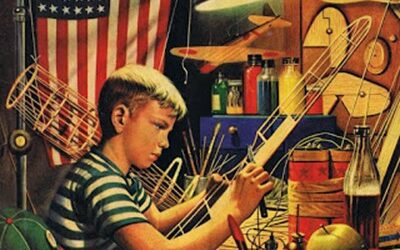Pictures and images surround us every day, competing for our attention. They tell us about things we could have, could do, and should avoid. From road signs to computer icons they help us navigate our world.
Logos are symbols representing businesses, and they convey more than just the name – we understand the type of product or service offered just from the picture: The golden arches of MacDonald’s are recognized worldwide. Symbols represent nations; heraldic designs designate rank in the military, and flags are symbols of our countries. Even our great libraries are full of symbols – alphabets are made of symbols that when placed in a certain order convey information. Just like letters, symbols are constructed of shapes and colors that when placed in certain patterns also transfer information.
Symbolism is the art of creating images that embody concepts, or that represent large amounts of information. For example, a heart scratched into a tree means someone is loved, the use of a bird within an image can represent the connection between the earthly and the heavenly, and a wolf in sheep’s clothing warns of deception. Math and science use symbols to notate complex and lengthy numbers and equations.
Our understanding of today rests upon the foundation of our perception of yesterday, and today is the foundation of tomorrow. Decoding symbols can increase our knowledge of prehistory. Ancient civilizations that did not “write” passed on information orally in mythologies accompanied by symbols and pictures. In this way, oral tradition has preserved history that would otherwise have been lost. Fairy tales, legends, nursery rhymes, mythologies, and folklore all preserve records of people descended from the Vanir culture, some more than 20,000 years old. Symbology is the process of placing these images in proper historical context to decode them.
We find the same or similar images across the globe; they have migrated from place to place with the cultures that use them over many thousands of years. The use and meaning of a symbol can change as cultures are combined by the course of events and the passing of generations, and context helps to peel away the layers of adaptation. The study of symbols from ancient civilizations has become a science. Knowing when and where a symbol was used is the first step in extracting its meaning at different points in history.
One familiar symbol from antiquity is the Double Eagle which symbolizes Yesterday and Tomorrow. Like most classic symbols this emblem is now layered with meanings and associations and is found in the heraldry of monarchies and Czars throughout Europe. Egyptians had similar symbols for this concept – they used hieroglyphs depicting lions (and other animals) facing left and right (East and West) to symbolize Past and Future. And though the image represents two extremes, the viewer is in-between, in Today.
Most classic images have roots in astronomical notations of prehistoric cultures that watched the sun and stars and recorded their movements. Our industrious ancestors symbolized concepts like yesterday and today, and events like sunrise and sunset, seasons, and years. Many of these ancient images are still used today.
For more insight into the World of Symbols, listen to The Symbologist on her podcast. Click Here.




